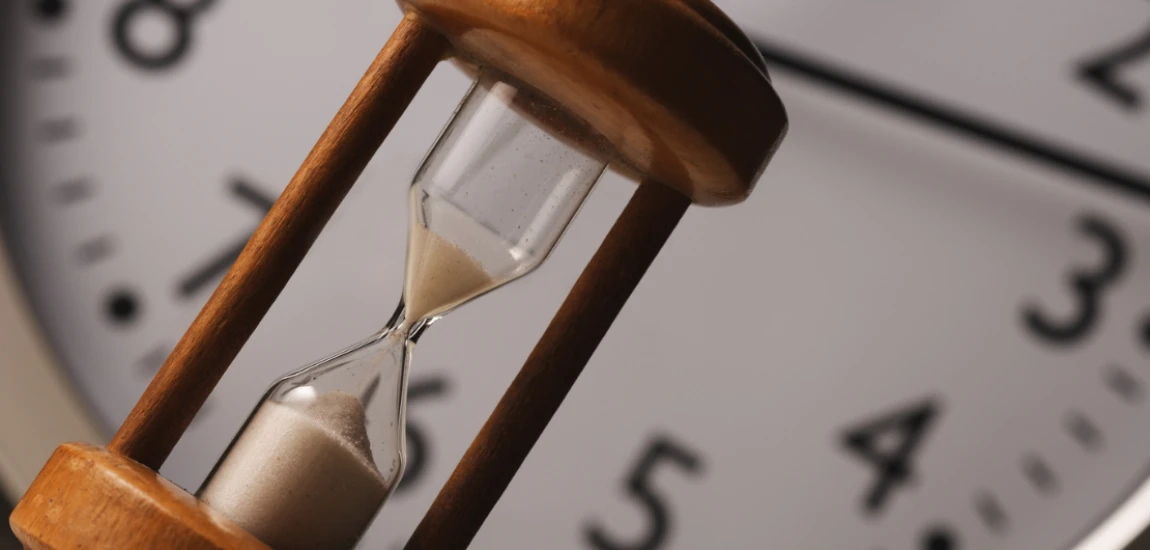Villages Where Time Is Measured Differently

We live in a world where seconds are counted, minutes are scheduled, and hours are booked months in advance. But not everywhere on Earth dances to the 24-hour drumbeat. In some remote corners of the globe, time itself bends — marked by the sun, the moon, or even the seasons instead of your wristwatch. These are villages where time is measured differently, where schedules bow to nature, tradition, or cosmic cycles. And for travelers, they offer something rare: the chance to experience life outside the ticking clock.
Whether you’re drawn to a fishing hamlet where tides dictate the day, a desert community that lives by the stars, or a mountain village with a centuries-old agricultural calendar, these destinations invite you to slow down, reset, and rediscover the rhythms of living.
Where the Sun Is the Only Timekeeper
In some villages, the solar clock isn’t a quaint tourist gimmick — it’s the real deal. Daily activities revolve around the rise and fall of the sun rather than the precision of digital watches. You might wake when the first light hits the rooftops, break for meals when shadows shorten, and wind down as the sun dips below the horizon.
Examples:
Khonoma, India – This eco-village in Nagaland sees farming and daily chores aligned with daylight hours, with little reliance on artificial light after sunset.
Santorini’s old fishing enclaves – Before tourism took over, these settlements timed their work with first light for fishing and sunset for net repairs.
Why it’s special: Life here feels unhurried yet deeply connected to nature’s pace. Travelers often report improved sleep, better mood, and a sense of mental clarity after syncing with the sun’s rhythm.
Travel tip: Visit during equinox or solstice periods for the most dramatic shifts in light — and bring a notebook instead of your phone to track your days.

Villages on Ancient Calendars
Some communities still operate on time systems centuries older than the Gregorian calender. These could be lunar-based cycles, agricultural planting schedules, or hybrid systems blending indigenous tradition with modern practicality.
Examples:
Taos Pueblo, New Mexico, USA – Ceremonies and seasonal activities follow ancient Tiwa traditions, with certain times of year marked by rituals rather than dates.
Ethiopia’s rural Amhara villages – Many still follow the Ethiopian calendar, which has 13 months and runs seven to eight years “behind” the Western one.
Why it’s special: Being in a place where “August” doesn’t exist in the same way it does back home is disorienting in the best possible way — it forces you to engage more deeply with local culture rather than imposing your own clock.
Travel tip: Ask locals (respectfully) how they measure time, and note how holidays and festivals align with their unique calendar.

Communities That Ignore the 24-Hour Day
A few rare villages exist outside the 24-hour cycle altogether. In these places, daily schedules stretch or contract depending on environmental needs — like fishing at night during certain lunar phases or taking midday breaks that last hours in the summer heat.
Examples:
Norwegian Arctic settlements – During the midnight sun, people often remain active well past “bedtime,” while in winter’s polar night, activity levels drop drastically.
Siwa Oasis, Egypt – In older times, residents operated on a time system of 12 equal hours of daylight and 12 equal hours of night, regardless of seasonal changes in actual daylight length.
Why it’s special: It’s a complete recalibration of life’s tempo. Forget morning meetings and strict meal times — instead, you adapt to when people feel like gathering, working, or celebrating.
Travel tip: Summer or winter visits can feel like entirely different trips — plan based on whether you want constant daylight or the deep hush of darkness.

Tidal and Seasonal Timekeepers
In some coastal or river communities, tides are the true masters of time. Boats go out only when the water is right, and markets open according to the catch. Inland, certain mountain or desert villages measure time by seasonal cues — such as the flowering of a certain tree or the first snow on the peaks.
Examples:
Mont Saint-Michel, France – Though tourist-friendly today, this island village was once reachable only when tides allowed.
La Rinconada, Peru – High in the Andes, mining operations and village life are shaped by seasonal thaw and freeze cycles.
Why it’s special: You realize time isn’t always linear; it’s cyclical, dependent on natural flows that can’t be hurried or delayed.
Travel tip: Always check local tide or seasonal calendars before planning activities — and embrace the waiting periods as part of the adventure.

Ritual and Festival-Driven Villages
In certain places, rituals aren’t just cultural events — they’re the primary markers of time. Annual festivals might not even have fixed dates, instead being decided by elders or religious leaders after reading the stars or natural signs.
Examples:
Bali’s traditional villages – Many ceremonies follow the Balinese Pawukon calendar, which has 210 days instead of 365.
Oaxaca’s indigenous communities – Festivals may be timed with harvest cycles or spiritual observances.
Why it’s special: Time is interwoven with meaning, not just measurement. Your visit may coincide with rare events impossible to schedule far in advance.
Travel tip: Flexibility is your best asset — leave room in your itinerary for unplanned celebrations or processions.

Why These Villages Matter for Travelers
Traveling to villages where time is measured differently offers more than a quirky experience — it’s a deep cultural and psychological shift. You learn to:
Let go of rigid scheduling and embrace spontaneity.
Engage more with your surroundings, since you can’t rely on your phone’s clock to dictate the day.
Appreciate slower living, which can have lasting benefits for mental health.
How to Visit Respectfully
Adapt before you arrive – Research the local time system so you’re not caught off guard.
Don’t rush locals – They may not share your urgency for punctuality.
Join in local rhythms – Whether it’s a sunset meal or a moonlit fishing trip, say yes to the schedule you’re offered.





